The Haunted Mary Mayo Hall at Michigan State University
Steeped in history and shrouded in mystery, Mary Mayo Hall at Michigan State University is a magnet for those intrigued by the paranormal. This iconic structure not only serves as a residence but also as a canvas for the spectral legends that echo through its corridors.
Historical Echoes of Mary Mayo Hall
Built in 1931 during a period of rapid growth at Michigan State University, Mary Mayo Hall was designed by the notable architects Smith, Hinchman & Grylls. Originally a women’s dormitory, it has since become a hallmark of the university’s heritage, embodying the Georgian Revival style that characterizes much of the campus.
Architectural Grandeur and Design
Mary Mayo Hall stands out with its red brick facade and white limestone detailing, features typical of the Georgian Revival style that were intended to convey a sense of endurance and elegance. The building’s design includes large windows that flood its interiors with natural light, creating an inviting atmosphere for its residents and visitors alike.
Mary Mayo: Pioneer and Educator
The hall’s namesake, Mary Mayo, was a formidable advocate for women’s education in the late 19th and early 20th centuries. Her efforts were instrumental in the establishment of dedicated educational facilities for women at Michigan State University, securing her a fond place in the institution’s history.
Tales from the Hall
Over the years, Mary Mayo Hall has garnered a reputation for the unexplained. Countless students have reported eerie occurrences: whispered conversations in empty rooms, inexplicable cold drafts, and fleeting shadows along its hallways.
Personal Encounters and Chilling Anecdotes
From mysterious noises to ghostly apparitions, the anecdotes from residents provide a thrilling peek into the hall’s haunted persona. Many speak of a spectral figure in white, believed to be Mary Mayo herself, wandering the halls in eternal restlessness.
Unraveling the Mysteries
The persistent tales of paranormal activity have drawn both paranormal investigators and curious skeptics. Teams equipped with advanced technology have conducted extensive searches, hoping to either confirm or debunk the reports of ghostly phenomena.
Scientific Perspectives and Paranormal Investigations
While some researchers attribute the strange occurrences to natural causes like electromagnetic fields or acoustics, others believe the experiences hint at something beyond our current understanding of the world.
Cultural Impact and Campus Life
The legends of Mary Mayo Hall have woven themselves into the fabric of campus culture at Michigan State University, influencing both the folklore and the student experience. The hall’s mystique adds a unique dimension to student life, with many eagerly sharing their own tales or participating in ghost tours.
Experience Mary Mayo Hall
For those drawn to the allure of haunted spaces, Mary Mayo Hall offers guided tours that delve into its history and hauntings. These tours provide a blend of historical facts, architectural beauty, and thrilling ghost stories, making for an unforgettable visit.
What to Expect During Your Visit
Visitors can expect a captivating experience as they explore the elegant, eerie hall. Whether you’re a believer in the paranormal or simply curious about this historical site, Mary Mayo Hall invites you to step into a world where the past seems eerily present.

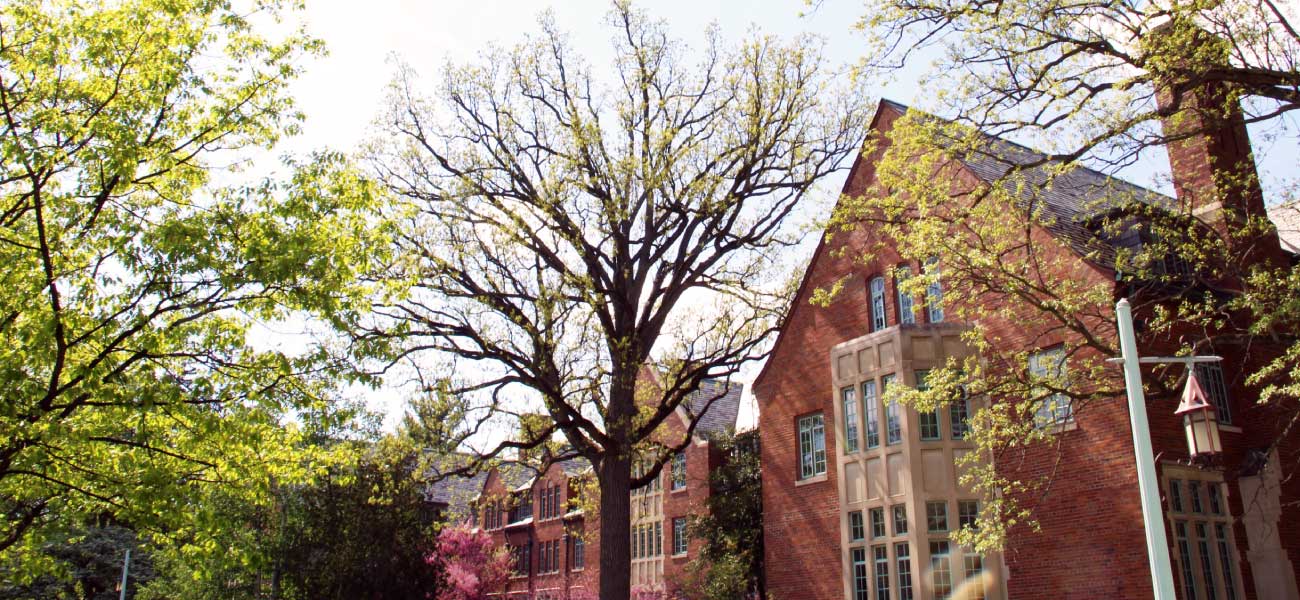
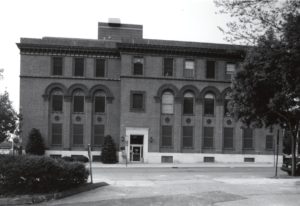



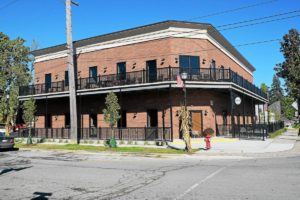
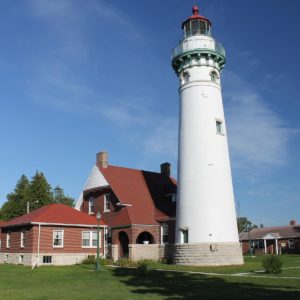






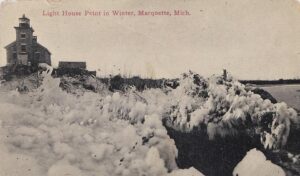


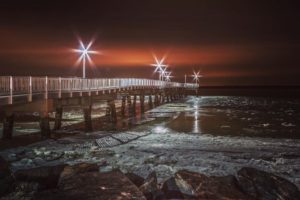
Leave a Reply